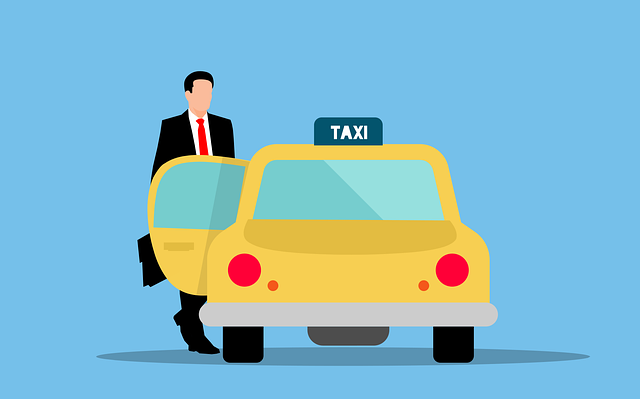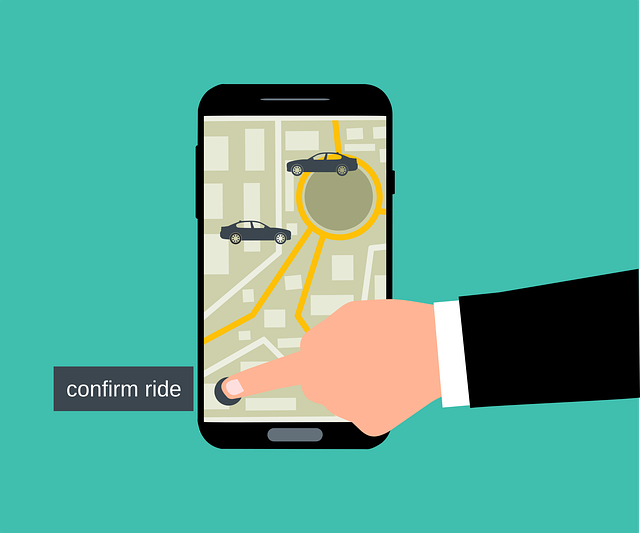Is uber a marketplace?- Curious?
In the ever-evolving landscape of the digital age, the question arises: Is Uber a marketplace?
This article delves into the intricate web of ride-sharing services, exploring the core concept of marketplaces, the challenges they face, and how Uber has redefined the game.
Join us on a journey to uncover the secrets of this revolutionary platform and how it addresses the modern traveler’s needs and desires like never before.
Here does facebook marketplace deliver?
Understanding Uber: A Disruptive Force
Thus uber, founded in 2009, disrupted the traditional taxi industry by introducing a technology-driven approach to transportation.
It allows passengers to connect with drivers using a smartphone app, making it a convenient and cost-effective alternative to traditional taxis.
Uber’s Business Model
Uber’s business model is centered around connecting riders with drivers.
It acts as an intermediary, providing a platform for these two sides to meet. Riders request a ride, and nearby drivers respond, creating a dynamic and real-time exchange.
Is Uber a Marketplace?
Thus, to classify Uber as a marketplace, we need to consider the characteristics of a marketplace. Here does facebook marketplace chrge selling fees?
Characteristics of a Marketplace
A marketplace typically exhibits the following features:
- Two-Sided Interaction – A marketplace facilitates transactions between two or more parties. In Uber’s case, it’s the interaction between riders and drivers.
- Matching Buyers and Sellers – Uber matches riders (buyers) with drivers (sellers).
- Price Setting – Uber sets the pricing for rides, acting as a price setter in the marketplace.
- Feedback Mechanism – Uber provides a feedback system, allowing riders and drivers to rate each other.
Considering these characteristics, it’s evident that Uber shares key similarities with a marketplace.
Is Uber a marketplace?
Yes, Uber can be considered a marketplace. Uber operates as an on-demand ride-hailing service that connects riders with drivers through a digital platform.
In this marketplace, riders can request transportation services, and drivers can offer their services, creating a two-sided marketplace where supply and demand meet.

Well uber facilitates the transaction, sets prices, and manages the platform, making it a classic example of a digital marketplace.
Uber as a Two-Sided Marketplace
Thus, Uber operates as a two-sided marketplace, bringing together riders seeking transportation services and drivers offering their services.
It effectively balances the supply and demand sides, optimizing the efficiency of transportation services.
How Uber Connects Drivers and Riders
Thus Uber’s app-based platform allows riders to request a ride and drivers to accept or decline requests.
This real-time matching and allocation of rides epitomize the essence of a marketplace.
Uber’s Role as an Intermediary
Uber plays the role of an intermediary, not only connecting riders and drivers but also handling payment processing, dispute resolution, and quality control.
It ensures a seamless transaction for both parties.
Economic Implications of Uber as a Marketplace
Uber’s marketplace model has significant economic implications.
It creates income opportunities for drivers and offers convenience to riders, fostering economic growth.
Here does twitter have a marketplace?
Challenges Faced by Uber
Thus uber’s marketplace model also faces several challenges, such as regulatory scrutiny, legal issues, and disputes between drivers and riders. These challenges are common in the gig economy.
Uber’s Competition
Uber faces competition from other ride-hailing services, indicating a competitive marketplace in the transportation industry.
The Gig Economy and Uber
The gig economy and Uber are intertwined in a symbiotic relationship that has transformed the world of work.
The gig economy refers to a labor market characterized by short-term contracts and freelance work, where individuals work on a per-task or per-project basis.

Uber, a pioneer in this space, exemplifies this model by providing a platform that connects independent drivers with passengers seeking transportation services.
This arrangement offers flexibility for workers, enabling them to set their own schedules.
However, it has also raised concerns about job security, benefits, and labor rights, as many gig workers are classified as independent contractors, often without access to traditional employment benefits.
Uber’s Global Impact
Well Uber has made a profound global impact by revolutionizing the way people move from place to place.
Operating in over 900 metropolitan areas worldwide, it has transformed transportation by providing convenient, on-demand rides through its innovative app.
This not only offers a reliable source of income for countless drivers but also reduces the need for car ownership, leading to decreased traffic congestion and environmental benefits.
Moreover, Uber has influenced the gig economy and employment trends, sparking discussions about labor rights.
Despite controversies, it remains a symbol of the sharing economy’s influence on urban mobility, shaping the future of transportation around the world.
Here is marketplace dental insurance worth it?
FAQs
Is Uber a marketplace or a transportation service?
Uber operates as a marketplace by connecting riders and drivers.
How does Uber set prices for rides?
Uber determines prices based on factors like distance, time, and demand.
What challenges does Uber face as a marketplace?
Uber faces regulatory challenges, legal issues, and disputes between drivers and riders.
How has Uber influenced the gig economy?
Uber is a prominent player in the gig economy, offering flexible work opportunities.
What is the global impact of Uber’s marketplace model?
Uber’s marketplace model has transformed transportation systems and labor markets worldwide.
Is Uber a platform or marketplace?
Uber is more than just a ride-hailing service; it’s a dynamic platform that connects riders with drivers.
It functions as a marketplace by bringing together these two distinct user groups and facilitating transactions.
Uber’s technology-driven model makes it a prime example of a modern digital marketplace, offering convenience and accessibility to millions.
What type of marketplace is Uber?
Uber can be categorized as a two-sided, on-demand service marketplace. It acts as an intermediary, connecting riders seeking transportation with drivers offering their services.
This innovative model creates a dynamic ecosystem, where supply and demand meet seamlessly, exemplifying the modern gig economy and sharing economy concepts.
What is Uber marketplace fee?
Uber’s marketplace fee, also known as a service fee, varies by location and market. Typically, it ranges from 15% to 25% of the total fare charged to riders.
Additionally, Uber may charge additional fees like booking fees, which can further impact the overall cost for users and earnings for drivers.
Why is Uber charging a marketplace fee?
Uber charges a marketplace fee to sustain its platform, cover operational costs, and generate revenue.
This fee helps maintain the technology infrastructure, support services, and ensure a reliable and safe experience for both riders and drivers.
It also facilitates continuous innovation and expansion of the platform, enhancing the overall service quality.
Conclusion
In conclusion, Uber can be classified as a marketplace based on the characteristics it shares with traditional marketplaces.
It acts as a two-sided intermediary connecting riders and drivers, setting prices, and maintaining a feedback system.
Despite challenges and competition, Uber’s impact on the transportation industry and the gig economy cannot be denied.
